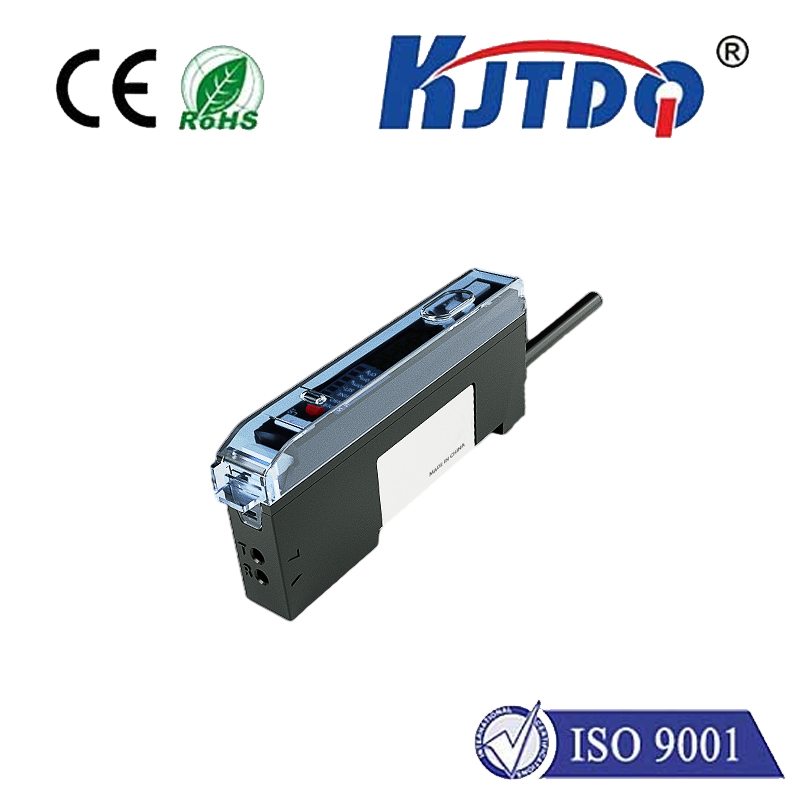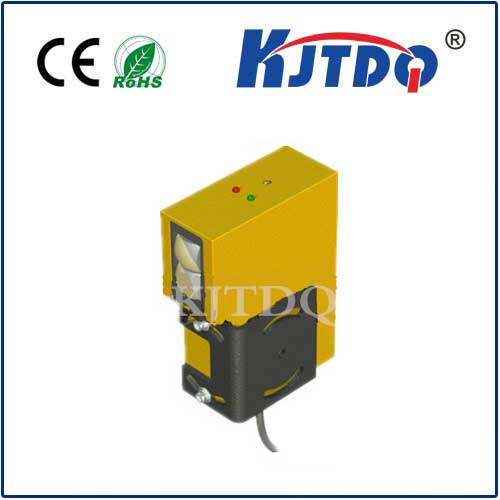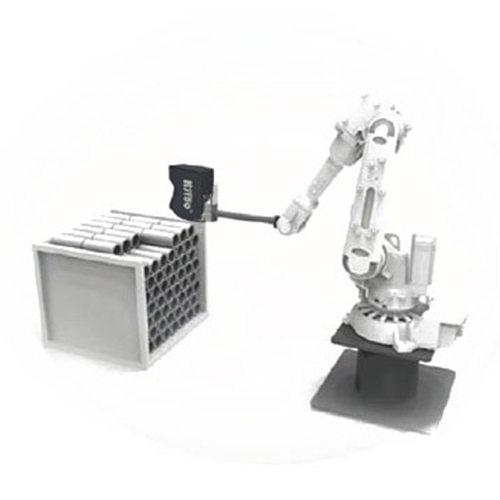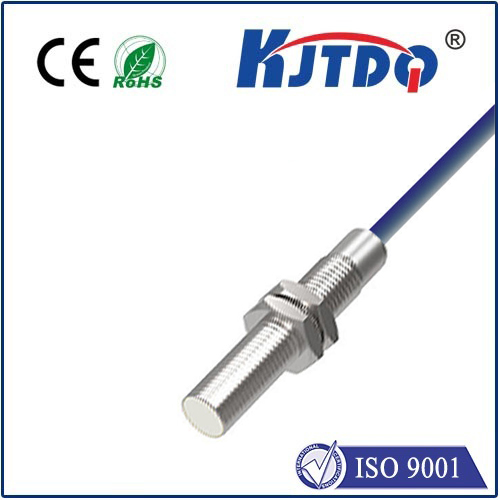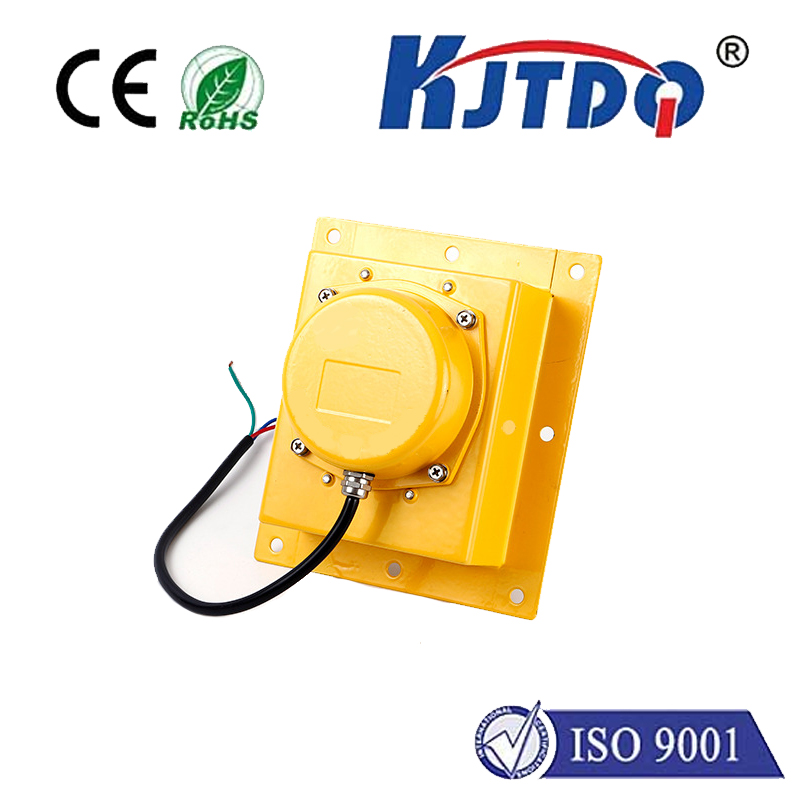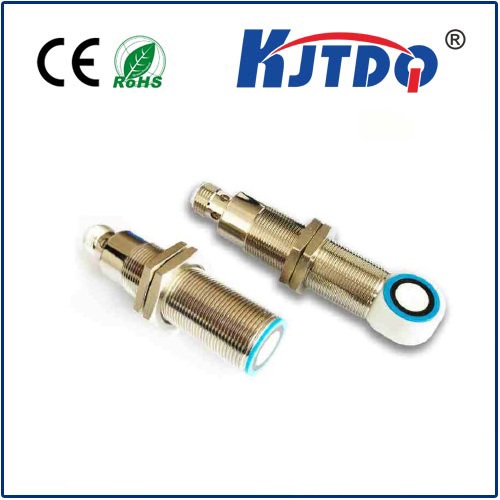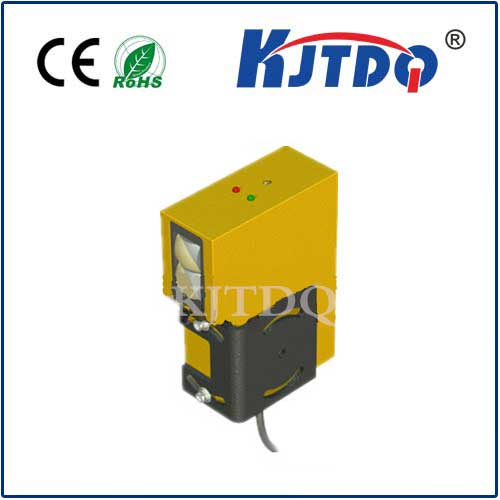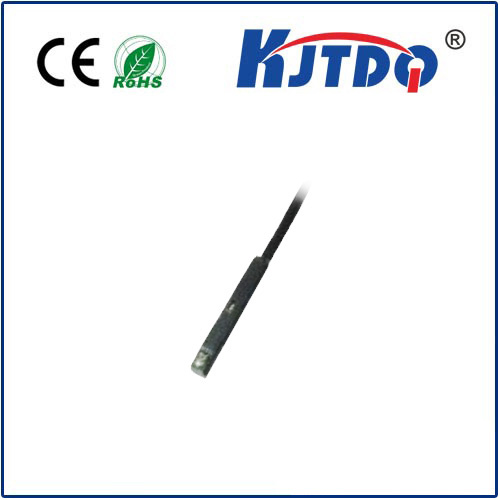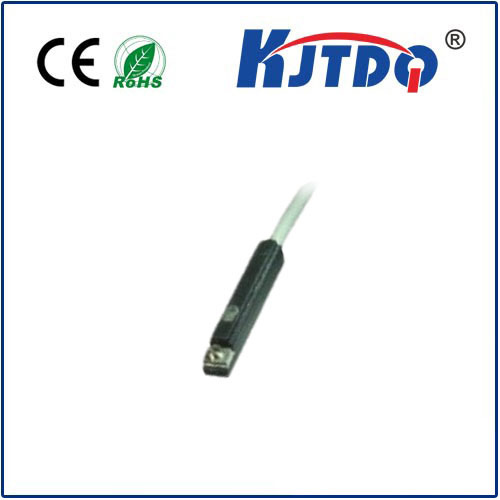Imagine a massive industrial press descending… but it doesn’t stop. Or an elevator ascending past its designated floor, hurtling towards the roof machinery. Scenarios like these highlight the critical importance of a seemingly simple device: the Переключатель верхнего предела. These unsung heroes of automation act as essential safety sentinels, preventing catastrophic equipment damage, costly downtime, and, most crucially, protecting personnel. Understanding what upper limit switches are, how they work, and their diverse applications is fundamental for engineers, technicians, and anyone involved in industrial operations seeking robust safety and precise control.
What Exactly is an Upper Limit Switch?
At its core, an upper limit switch is a sensor designed to detect when a moving object or component reaches a predefined maximum position along its path. Think of it as an electronic boundary guard. When triggered, the switch typically alters its electrical state—changing from “open” to “closed” (or vice-versa, depending on its configuration—Normally Open (NO) or Normally Closed (NC) contacts). This state change sends a crucial signal to the machine’s control system, such as a Programmable Logic Controller (PLC), initiating an immediate and defined response.
Mechanical Upper Limit Switches are the most common and robust variant. They consist of:
While less common for pure upper limit sensing due to range limitations, Magnetic Proximity Switches (detecting a magnetic field) and Inductive Proximity Switches (detecting metal presence without contact) are also used in specific position-sensing roles where non-contact operation is advantageous. Optical sensors offer another non-contact method, but environmental factors like dust or fog can compromise reliability.
How Does the Upper Limit Switch Protect Your Systems?
The fundamental operation is straightforward but vital:
Essential Applications: Where Upper Limit Switches Are Non-Negotiable
You’ll find upper limit switches silently safeguarding operations across countless industries:

Material Handling & Cranes: Preventing crane hooks, hoists, and trolleys from crashing into overhead structures or bridge ends. They are vital safety components on every overhead crane.
Elevators & Lifts: Ensuring elevator cars stop precisely at the top landing and do not over-travel into the hoistway machinery, a fundamental safety interlock.
Промышленное оборудование:
Presses & Molding Machines: Halting press rams or mold platens at the top of their stroke, preventing mechanical damage to the tooling or machine frame.
Valve Actuators: Confirming valves (e.g., large gate or knife valves) reach their fully open or closed position reliably.
Роботизированная рука: Defining the extreme range of motion for robotic axes.
Conveyors: Positioning diverters or stopping product flow at transfer points based on end-of-travel detection.
Garage Doors: Preventing the door from over-traveling and damaging the opener mechanism or tracks when opening.
HVAC Systems: Monitoring damper positions to ensure they open or close fully for optimal system control.
Agricultural Equipment: Limiting the travel of booms or attachments on harvesters and other large machinery.
Beyond Basic Stopping: Advanced Functions
While emergency stopping is paramount, upper limit switches serve nuanced functions:
Choosing and Maintaining the Right Upper Limit Switch
Selecting the optimal Переключатель верхнего предела involves key considerations:
Maintenance is crucial for sustained safety and reliability. Regular checks should include:
The Indispensable Safety Guardian
The Переключатель верхнего предела, a fundamental component often overlooked, is a cornerstone of industrial safety and operational control. Its role in preventing hazardous over-travel conditions cannot be overstated. By providing a reliable, physical means to detect the absolute endpoint of motion and command an immediate stop or safe action, it protects equipment from catastrophic damage, prevents costly unplanned downtime, and, most importantly, safeguards personnel working in proximity to moving machinery. From the massive scale of shipyard cranes to the precision of automated manufacturing cells, understanding and properly implementing upper limit switches is essential for safe, efficient, and controlled mechanical systems. Their precise positioning and reliable operation form a critical layer within any robust safety circuit and machine control architecture, ensuring processes halt exactly when and where they must.
